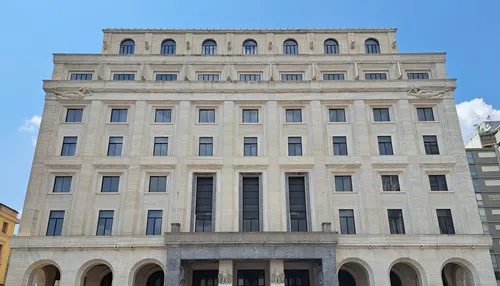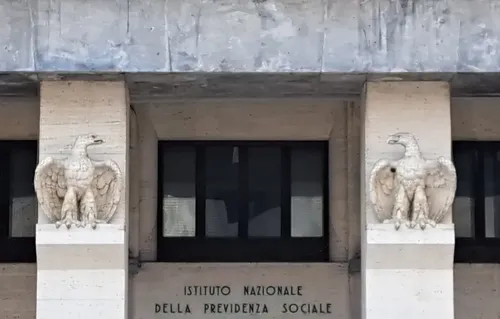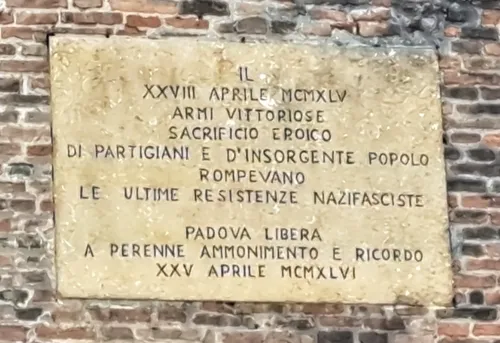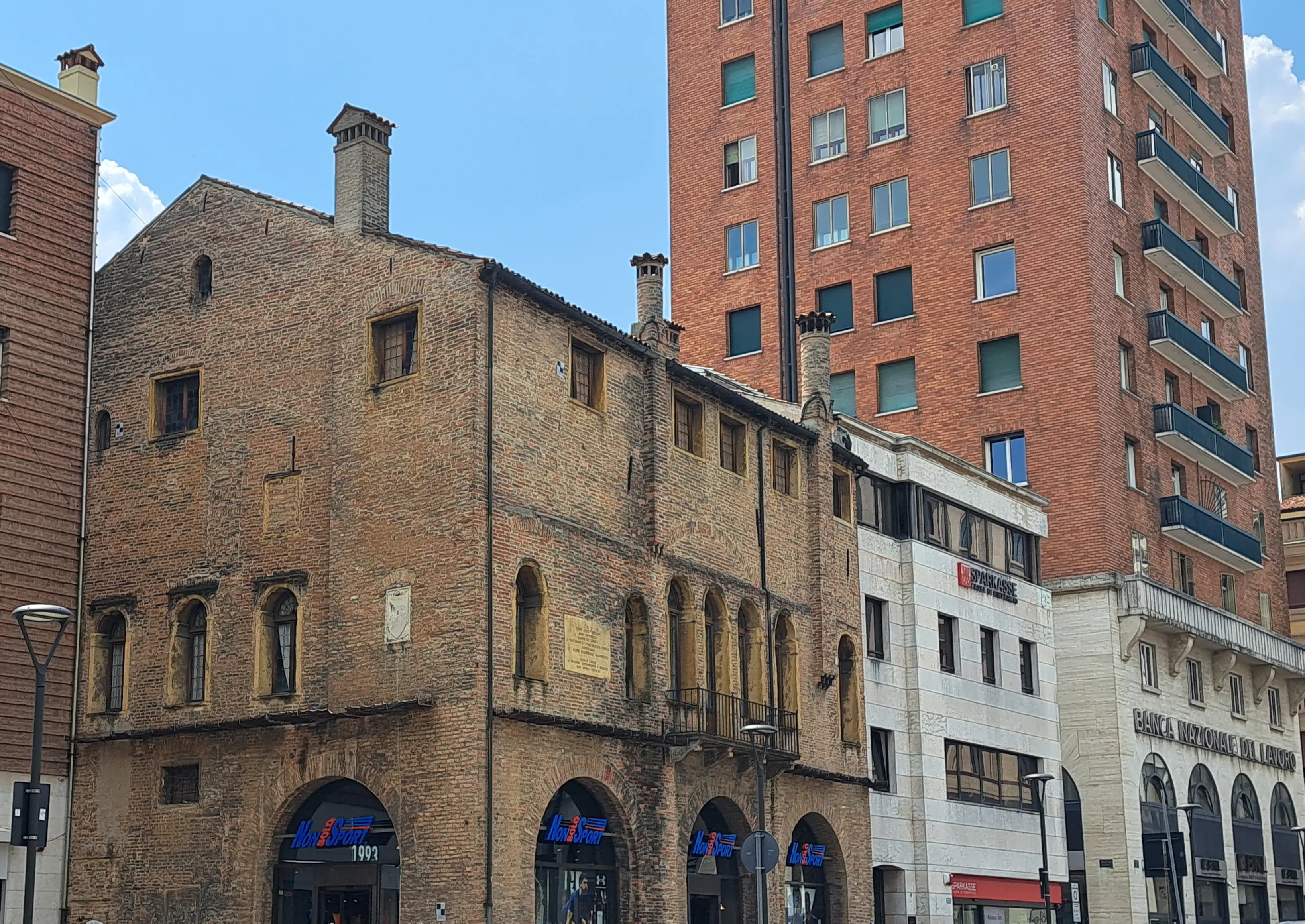- 🇩🇪 Deutsch
- 🇬🇧 English
- 🇪🇸 Español
- 🇫🇷 Français
- 🇮🇹 Italiano
- 🇵🇹 Português
- 🇨🇳 中文

The Most Unattractive Yet Intriguing Square in Padua
How Piazza dell'Insurrezione Tells a Story of Fascism, Liberation, and Transformation
A Square Like No Other
Where Medieval Streets Gave Way to a Fascist Vision

Welcome to Piazza dell'Insurrezione, Padua's most intriguing square—and yes, possibly its least charming at first glance. If you’re expecting picturesque medieval alleys and charming Renaissance buildings, this square might throw you for a loop. Once a bustling medieval neighborhood, this area was completely transformed in 1921 as part of a push for modernity. The Fascist regime, led by Benito Mussolini, wanted to make a statement, and Padua's ancient streets became the canvas for this vision. So, what happened? They tore down centuries of history to make way for something bigger, bolder, and more 'modern.' Out with the old, in with the new—symmetry, minimalism, and grandeur ruled the day, and Piazza dell'Insurrezione was born.
A Fascist Legacy in Stone
Architecture as a Political Power Move

The architecture in Piazza dell'Insurrezione isn’t just about aesthetics. Every design choice was steeped in political ideology. Symmetry and grandeur weren’t just random picks; they were symbols of the Fascist regime’s desire for control, order, and domination. The square reflects the era’s architectural ethos, blending minimalism with a certain imposing majesty. It was meant to shape not just the city, but society itself. The clean lines, rigid structure, and cold stone all serve as a reminder of the influence that Mussolini’s regime had over every corner of Italian life. It's a square that speaks of power—but not the warm, welcoming kind. Instead, it’s a stark symbol of the Fascist dream, set in stone for all to see.
Liberation Day
The Uprising That Changed Everything

But the story doesn’t end with the square's Fascist roots. In fact, Piazza dell'Insurrezione takes its name from an event that did quite the opposite—April 28, 1945, the day Padua was liberated from German forces at the end of World War II. Local partisans, alongside British and New Zealand troops, rose up against the occupying forces, and that day marked a turning point for the city. If you look closely, you’ll spot a memorial plaque commemorating this very moment. It’s a nod to the resilience of the Paduan people and their courage in the face of oppression. What was once a symbol of control and fear became a place of remembrance for the uprising that brought freedom to Padua.
A Place for Reflection
Where History's Layers Meet

Piazza dell'Insurrezione is more than just an architectural oddity or a reminder of Fascist power; it’s a place where history’s many layers come together. From the demolished medieval neighborhood to the grand Fascist vision, and finally to its liberation and rebirth as a symbol of resilience, the square encapsulates Padua's tumultuous 20th century. Visitors to the square may not find it beautiful in the traditional sense, but that’s part of what makes it so fascinating. It’s a space where the past is tangible, where every stone tells a story of societal shifts and the fight for freedom. So, next time you find yourself in Padua, take a stroll through this intriguing square. It may not win any beauty contests, but it’s bound to get you thinking about the complexities of history and the spirit of a city that’s always found a way to endure.
